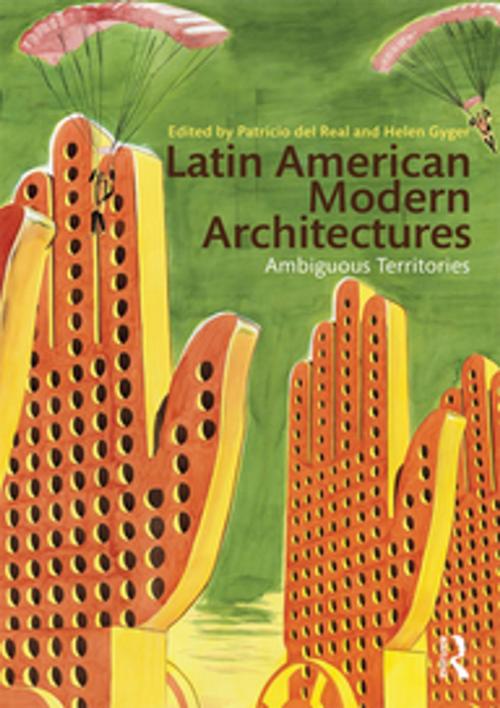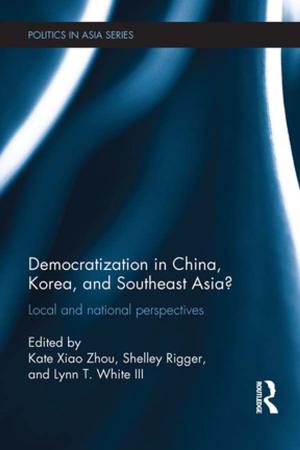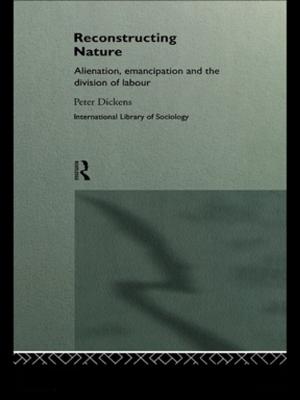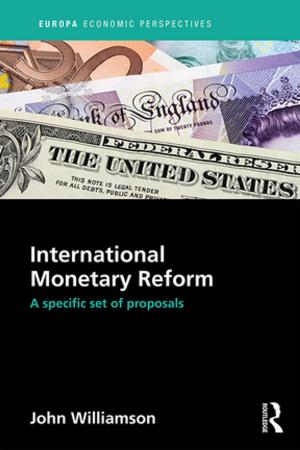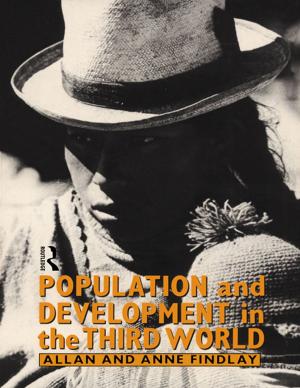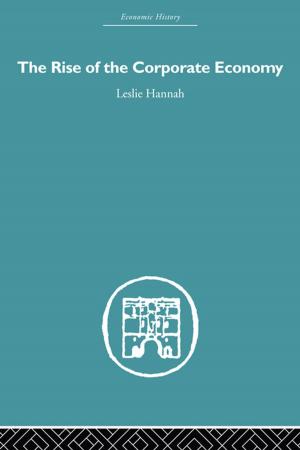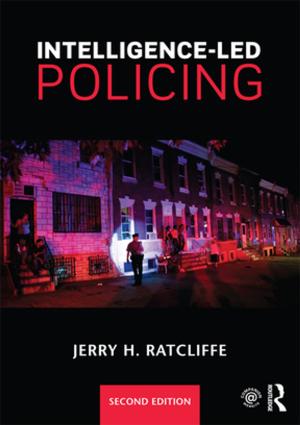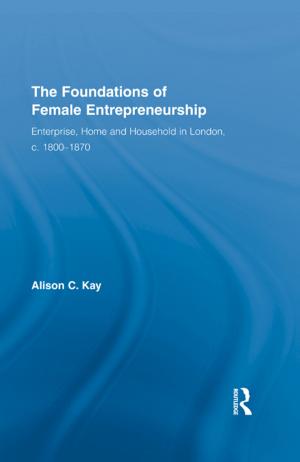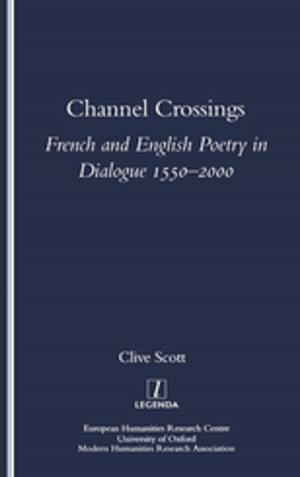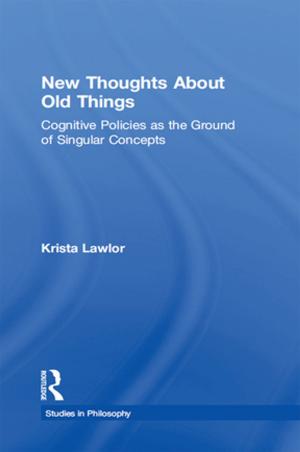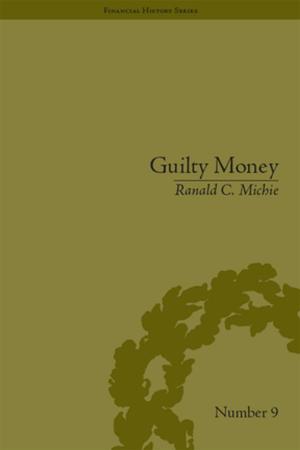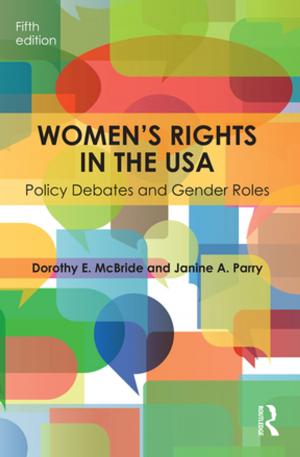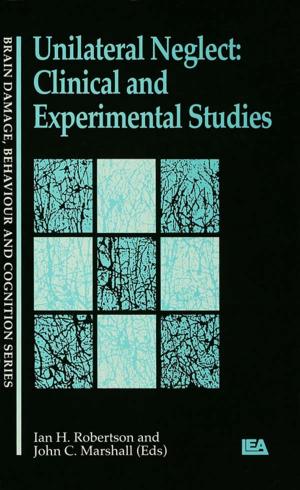Latin American Modern Architectures
Ambiguous Territories
Nonfiction, Art & Architecture, Architecture, Individual Architect, Planning, History| Author: | ISBN: | 9781136234415 | |
| Publisher: | Taylor and Francis | Publication: | June 3, 2013 |
| Imprint: | Routledge | Language: | English |
| Author: | |
| ISBN: | 9781136234415 |
| Publisher: | Taylor and Francis |
| Publication: | June 3, 2013 |
| Imprint: | Routledge |
| Language: | English |
Latin American Modern Architectures: Ambiguous Territories has thirteen new essays from a range of distinguished architectural historians to help you understand the region’s rich and varied architecture. It will also introduce you to major projects that have not been written about in English. A foreword by historian Kenneth Frampton sets the stage for essays on well-known architects, such as Lucio Costa and Félix Candela, which will show you unfamiliar aspects of their work, and for essays on the work of little-known figures, such as Uruguayan architect Carlos Gómez Gavazzo and Peruvian architect and politician Fernando Belaúnde Terry. Covering urban and territorial histories from the nineteenth and twentieth centuries, along with detailed building analyses, this book is your best source for historical and critical essays on a sampling of Latin America's diverse architecture, providing much-needed information on key case studies.
Contributors include Noemí Adagio, Pedro Ignacio Alonso, Luis Castañeda, Viviana d’Auria, George F. Flaherty, María González Pendás, Cristina López Uribe, Hugo Mondragón López, Jorge Nudelman Blejwas, Hugo Palmarola Sagredo, Gaia Piccarolo, Claudia Shmidt, Daniel Talesnik, and Paulo Tavares.
Latin American Modern Architectures: Ambiguous Territories has thirteen new essays from a range of distinguished architectural historians to help you understand the region’s rich and varied architecture. It will also introduce you to major projects that have not been written about in English. A foreword by historian Kenneth Frampton sets the stage for essays on well-known architects, such as Lucio Costa and Félix Candela, which will show you unfamiliar aspects of their work, and for essays on the work of little-known figures, such as Uruguayan architect Carlos Gómez Gavazzo and Peruvian architect and politician Fernando Belaúnde Terry. Covering urban and territorial histories from the nineteenth and twentieth centuries, along with detailed building analyses, this book is your best source for historical and critical essays on a sampling of Latin America's diverse architecture, providing much-needed information on key case studies.
Contributors include Noemí Adagio, Pedro Ignacio Alonso, Luis Castañeda, Viviana d’Auria, George F. Flaherty, María González Pendás, Cristina López Uribe, Hugo Mondragón López, Jorge Nudelman Blejwas, Hugo Palmarola Sagredo, Gaia Piccarolo, Claudia Shmidt, Daniel Talesnik, and Paulo Tavares.
